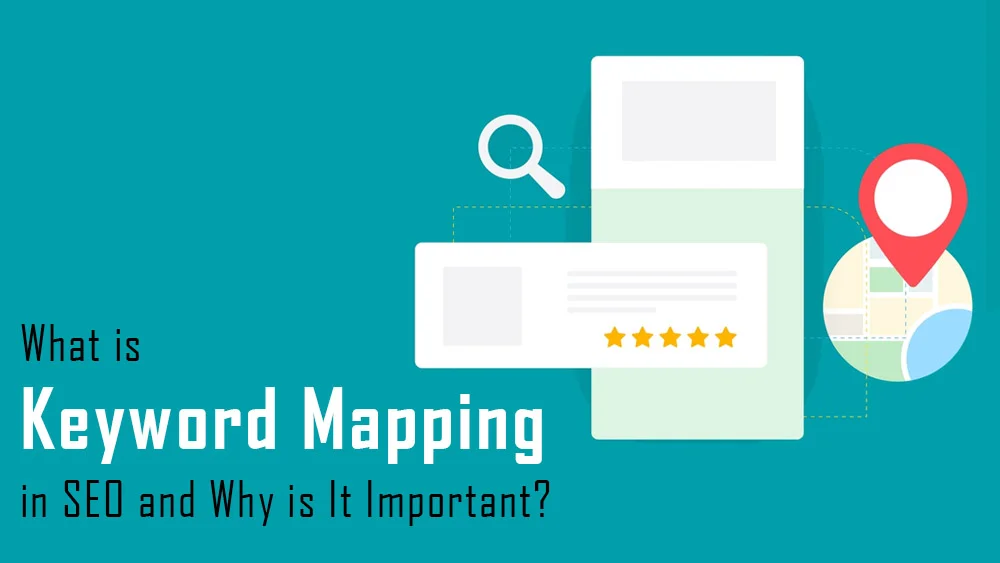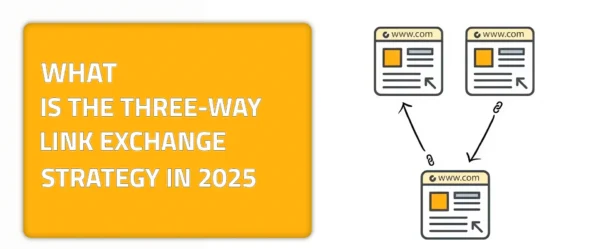Demystifying Keyword Mapping in SEO
If you think you have learned everything about SEO, you thought wrong. The processes and strategies included in SEO are endless, and with each new algorithm change or new guidelines, they increase. Having a thorough plan is always one of the key factors in successful SEO. With that being said, all SEO strategies would need extensive planning to drive success. Well, this is 100% true, but what are the aspects that require this level of planning? Easy, keywords. Keyword research is one strategy that no SEO plan is practical without. This is why, to ensure effective keyword planning, keyword mapping is always required. But what is keyword mapping in SEO and how is it conducted?
Join us on this journey as we unravel the exciting and important process of keyword mapping. We will explore everything about keyword mapping in SEO, from the definition and benefits to the complete step-by-step guide to the whole process.
Exploring the Significance of Keywords in SEO
Before getting into what keyword mapping is, we have to first illustrate the importance of keywords in SEO. Keywords are considered to be one of the pillars of SEO. They are one of the most important components that make up the whole SEO concept. Many people think of keywords as only phrases or words that a website owner would do nothing but include in articles, texts, or pages. However, keywords are much more than that. Keywords define everything users demand and website owners need to thoroughly understand. Each keyword you target is part of a user query or problem that he is seeking to solve. By targeting them, you help address users’ problems and provide the ultimate solution through your products and services. This wouldn’t only introduce your products and services effectively but also introduce you to a broader audience.
What also highlights the significance of keywords is that any inefficiency in planning and applying such a strategy can negatively impact SEO, big time. Inefficient keyword research would lead to inaccurate targeting, where your content or offering would reach the wrong audience. Therefore, a huge content gap would occur.
What is Keyword Mapping?
Mapping as a word usually means representing something in an organized manner. And this is exactly what it implies in keyword mapping. Keyword mapping is the process of organizing and assigning your targeted keywords to each page. You will then proceed with recording all the keywords in a list with necessary information like volume and page. This list of keywords is called a map. It lays out the website’s keyword structure and guides you through it, just like a map you use to give your practice directions.
Keyword mapping establishes an organized foundation for SEO. As all the strategies that have keywords as a primary factor, like content creation, would make great use of it. The components of a keyword map are usually dynamic and change from one website to another. However, there are some standard components, like primary keywords, which are the ones you will greatly focus on, and secondary keywords, which are complementary ones that relate to the primary. In addition, the map could include the ranks for the first three months, where the website owner would track the keyword performance.
What are Keyword Maps Used For?
As we mentioned, no strategy doesn’t depend on keywords in one way or another. So, when discussing the use cases of keyword maps, an endless list is the result. However, since we are only giving a glimpse, let us start by explaining a few.
Content Strategy Development and Planning
Building an all-encompassing content strategy for digital platforms and websites often makes use of keyword maps. SEO specialists and webmasters can learn a lot about user intent as well as preferences by carefully associating keywords with categories of scope, concepts, or topics. This helps them create content that is both relevant and interesting. To drive traffic from organic searches, engagement, and conversions, it is crucial to align your content efforts with your target audience’s informational demands and search queries.
On-Page SEO
Website owners and SEO experts rely heavily on keyword maps to aid with on-page optimization. On-page SEO is the process of enhancing the visibility and relevancy of specific web pages in SERPs. Webmasters can make sure every page is optimized to rank well for relevant search queries by mapping goal keywords to important on-page elements like titles, meta descriptions, page headings, and main content. This systematic strategy improves the website’s overall SEO performance, increases organic search exposure, and boosts engagement rates.
Site Structure and Navigation Enhancement
Lastly, with the help of keyword maps, you can arrange your website’s structure in a way that is both appealing and simple to navigate. Webmasters can create user-friendly navigation protocols that lead visitors seamlessly around the websites. This is done by associating keywords with particular pages or sections. Such a powerful approach improves accessibility, decreases bounce rates, and promotes a more in-depth exploration of the website’s components, products, and services, which boosts engagement and revenues. Not only that, but it also enhances the process of search engines crawling and indexing websites, which increases their visibility and accessibility.
How Does Keyword Mapping Benefit Website Owners?
Improve Effective Tracking and Performance Analysis
Website owners can better monitor the performance of specific keywords and the pages that include them with the help of keyword mapping. If owners keep an eye on important metrics like traffic, rankings, and rate of conversion for mapped keywords, they can see how well their content optimization and SEO techniques are working. This can help achieve consistent improvement in website performance and visibility in search engines through data-driven decision-making and progressive adjustments.
Help With Targeted Content Creation and Optimization
Keyword mapping is a great tool for understanding the target audience’s search behavior and preferences in SEO. Website owners can develop high-quality, user-specific content by finding relevant keywords and associating them with certain pages or content types. In addition to boosting engagement and relevancy, this method of content targeting boosts the chances of answering user inquiries and going through effective link exchange processes.
Enhance Insights for Content Ideation and Expansion
As a tool for discovering new specialties or subjects, trends, and content opportunities, keyword mapping is a great resource for website owners looking to expand their content offerings. Website owners can find possibilities to create new, relevant content by examining novel information and keyword mapping trends; this will reveal areas where current content is lacking. In addition, it will help them tackle novel concepts that are developing and popular search queries. By anticipating and preparing for any changes in user interests and demands, this form of content planning keeps the website authoritative, thorough, and engaging with its audience for a long time to come.
Eliminate Duplicate Content
Lastly, keyword mapping is an invaluable tool in SEO and it eliminates any likelihood of duplicating content. As we said, a keyword map helps SEO experts and website owners keep an eye on all of their targeted keywords, as well as the content associated with them. Therefore, they would be aware of used keywords, addressed topics, and tracked them effectively. This would help them prevent duplicating topics, content, or keywords, as it can negatively impact the effectiveness of SEO and hinder all SEO efforts.
The Process of Carrying Out Keyword Mapping: Step-By-Step
Step Number One: Set Up Your Sheet or Map
The first step in creating the keyword map is setting up your sheep. Usually, SEO experts go with Excel sheets to create the map, but you can suit yourself with whatever tool you want. To set up your map, you have to lay out the necessary components, such as primary keywords, secondary keywords, page URL, intent type, volume, and so on.
Step Number Two: Do Your Research
A map is only complete with research. After getting your sheet ready, it is time to fill it up. By doing the keyword research, you will identify keywords that users are looking for and that are relevant to what you offer. Keyword research is a broad process, but you could make use of SEO tools such as Google Keyword Planner that will help you conduct effective research
Step Number Three: Map Out, Set Out
After conducting extensive research and coming up with the ultimate list of keywords that you could use, it is time to map them out. Mapping out involves including the keywords in your sheet with all the necessary information. You can also categorize them and start deciding which keyword will be used and where.
Step Number Four: Write and Publish
Now that you are done with keyword mapping and have your map done and ready, you can start working. You will start writing all the content and topics you outlined and planned in the keyword mapping process for better SEO. The process of creating the content would be easier and more seamless as everything would be planned beforehand.










